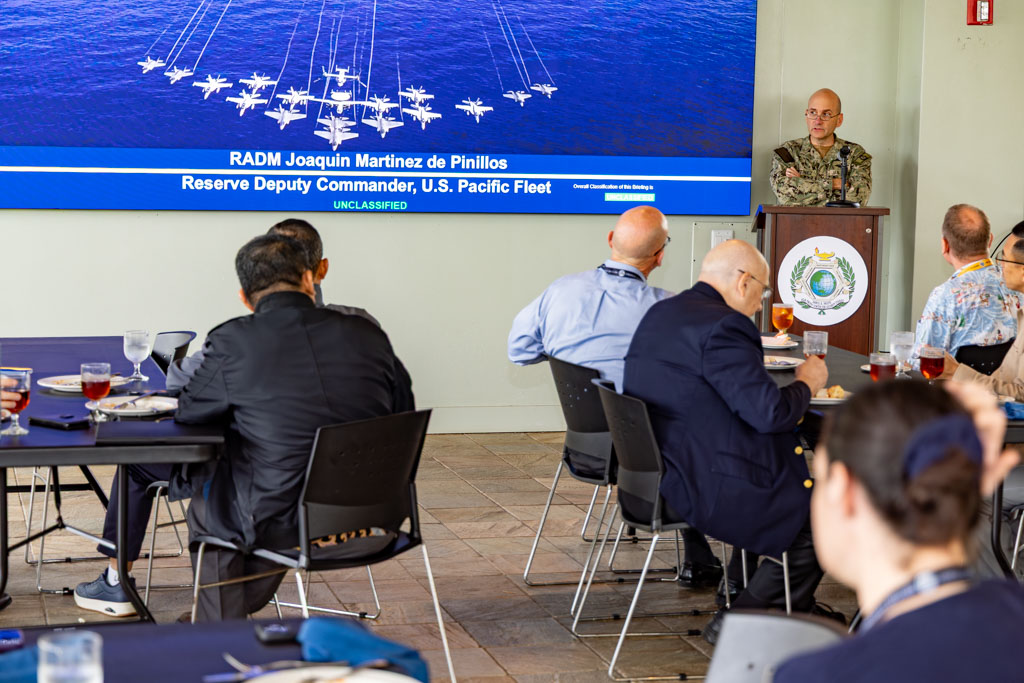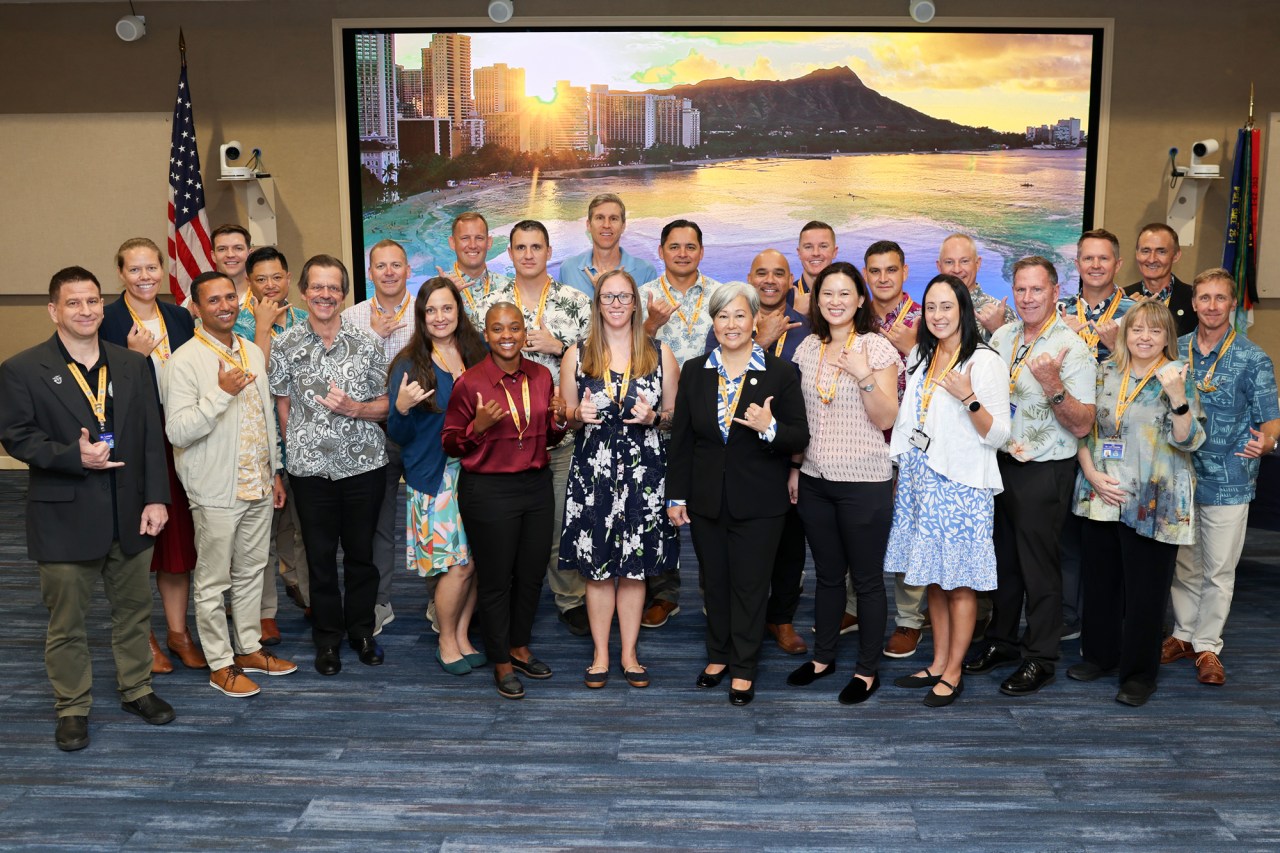Editorial:
Japan’s New Security Policies
| F |
or the past decade, Northeast Asia has experienced dramatic changes. China’s rapid economic growth has been accompanied by an equally rapid rise in its military spending and a willingness to engage in coercive diplomacy. North Korea too has become increasingly belligerent and willing to engage in missile and nuclear proliferation. To Japan, these changes pose existential threats. For years, Japanese policymakers have been debating a range of options to deal with them. This led to changes on the margins, such as participating in missile defense with the United States. Yet the lack of political will in Tokyo and backing in Washington meant the deferment of more fundamental changes to Japan’s security policies. Today, backed by the full support of the United States to take on greater defense responsibilities and led by a premier actively advocating stronger security mechanisms (Prime Minister Shinzo Abe), Japan is poised to make important changes in its security policies. Once completed, Japan will be better able to craft its defense and foreign policies, respond to crises, and provide military assistance to its American ally—and possibly others—during armed attacks.
The first set of these changes can be roughly characterized as three non-controversial actions that are expected to be realized before the year’s end. The first is the establishment of a Japanese version of the U.S. National Security Council (NSC) with the aim to more effectively integrate Japan’s diplomatic and security policies and the accompanying decision-making structures. Japan currently has a Security Council, but it is too large and lacks authority and information. The new NSC will consist of a 4-person core (Prime Minister, Chief Cabinet Secretary, Foreign Minister, and Defense Minister) that will meet at regular intervals with larger meetings convened when circumstances necessitate. Different from the current structure, the new NSC will have a secretariat replete with officials seconded from various ministries and a National Security Advisor to head up the Secretariat. The result is a better flow of information up to the premier and an improved ability of the premier to quickly convene meetings and issue orders downward.
In addition to establishing the NSC, Japan is also finalizing two documents. One is a National Security Strategy (NSS) which outlines Japan’s vital interests around the globe and what policies it intends to take to meet those interests. This NSS will cover not only defense, but also other fields such as the economy, energy, resources and information technology. The document is groundbreaking given that it will be Japan’s first. The other is a revision of the existing National Defense Program Guidelines (NDPG), which sets out Japan’s defense posture for the next decade (accompanied by a Mid-Term Defense Program which covers the necessary defense equipment to meet this posture for the next five years). A revision of the 2010 NDPG, the new document is expected to outline an expansion of Self-Defense Forces’ (SDF) manpower and equipment. Of particular note is the creation of a Japanese version of the U.S. Marines to be established as early as fiscal 2015. Beyond this, the focus is expected to be on strengthening Japan’s ability to protect its southwestern island chain. Possibly because both documents are simply the current administration’s views and mid to longer-term objectives, neither has generated much opposition.
A second set of policy changes under discussion are best characterized as contentious and therefore, expected to run into trouble. Both of these changes, if implemented, would lead to significant changes to current missions of the SDF. The first is a discussion on the right to exercise collective self-defense. Under the traditional interpretation of Japan’s constitution, Japan has the right to collective self-defense based on Article 51 of the U.N. Charter, but it has chosen not to exercise this right. This has meant, for example, that if an American ship was to come under attack in open waters, as long as Japan is not directly attacked, even a Japanese vessel directly next to that American ship would be unable to assist. For years this has led to criticisms from the U.S. of the asymmetric nature of the alliance and fears by Japan of finding itself in that scenario, forcing to idly watch its ally, knowing inaction would spell the end of the alliance. Japan’s current administration is seeking to rectify this by reconsidering the legal basis for exercising the right to collective self-defense. In addition to scenarios that include assisting its American ally, other scenarios under consideration include measures to be taken in the case of a contingency in areas surrounding Japan, minesweeping operations in areas where Japanese ships travel, and participating in U.N.-mandated operations similar to the Gulf War. Because these examples significantly expand the SDF’s operations, it faces opposition within Japan and raises concern among neighboring countries, such as China and South Korea. As a consequence, Prime Minister Abe has been forced to slow down, opting instead for more discussion and explanation to ease concerns and help the Japanese better understand his intentions. With lingering opposition and political capital being spent on the NSC, NSS, and NDPG, there are voices questioning whether Abe will be able to successfully reinterpret the long-standing taboo.
The second issue under discussion is more controversial than the first. Although not under discussion in the Parliament, Japanese bureaucrats and sub-committees in the ruling Liberal Democratic Party have been discussing the legality of sanctioning and equipping Japan’s SDF with long-range missile strike capabilities to attack enemy bases. Specifically under review has been the situation when the threat of an attack on Japan is evident. Although nothing has been decided, the knowledge that these discussions are occurring is unnerving Japan’s neighbors. Moreover, the Japanese public itself views the change with some trepidation. As a result (and a consequence of focusing political capital on the first three changes mentioned above), the government has not moved beyond preliminary discussions. Given that the acquisition of long-range missiles to attack an enemy base before an attack has been initiated on Japan promises to evoke spirited opposition within Japan, it is unlikely the change will occur anytime soon, if at all.
As demonstrated by these policies under review, Japan today is changing. Under the slogan of being a proactive contributor to peace, Japan is pursuing security policies that strengthen Japan’s ability to contribute more actively to the peace and stability of the region and the world. If Prime Minister Abe is successful, the new policies promise to make Japan a stronger ally to the United States and a more effective security partner for countries in the region.
The views expressed in these articles are those of the author and do not reflect the official policy or position of APCSS, the U.S. Pacific Command, the U.S. Department of Defense, or the U.S. government.











Leave A Comment